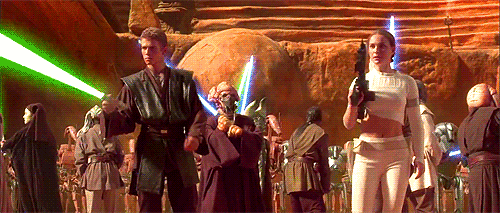
Film VS Digital
The noticeable difference between the two is the medium/sensor used to capture an image:
With film technology, film strips are mediums that capture the image formed by light reflection from the surface of the object.
With digital technology, digital sensors – light-sensitive chips – are used to capture and save the images onto a digital memory card or internal storage.
Digital technology holds more control of the final image. Editors can process raw files to enhance the image through a range of dynamic compressions such as colour correction or contrast enhancement.
The film captures excellent quality and colour, but the images are baked into a negative film, which limited the control of the final image.
The ability to control and manipulate the final image:
Conversely, the difference between latitude is arguably one of the most important reasons for the debate between film and digital cinematography. However, with the advancements in technology, digital cinematography can now stimulate the aesthetics of films.
Digital
cameras that marked the shift into digital cinematography


2000
Sony HDW-F900
In May 1999, George Lucas challenged the dynamics of film-making by including footage filmed with a high definition digital camera in Star Wars: Episode I – The Phantom Menace. Subsequently, he worked together with Sony to develop a fully digitalised cinematic camera for his then-upcoming film Star Wars II: Attack of the Clones – one of the first fully digitalised film.
Notably, Sony and Panavision teamed up in 2000 and developed the high definition camera, the first CineAlta camera – Sony HDW-F900. It was the first digital cinematic camera, and it ushered the cinematic industry into the digital era.
2007
Red One
The digital era has began with the introduction of the cinematic digital camera, yet, film cinematography continued to dominate in the industry. Thus, the Red One sought to build a truly modern digital camera to kickstart a new generation of digital cameras able to handle 4K resolution. To counter the issue on the lack of dynamics and quality, the Red One developed a 12-megapixel sensor – a light-sensitive chip – that effectively challenged film technology in capturing images flawlessly at 4k resolution.


Arri Alexa
2010
Perhaps one of the most significant cameras that marked the shift from film to digital was the Arri Alexa.
Since its introduction, the cinematic digital camera has been increasingly prevalent; however, it did not dominate the facets of the industry. Pioneer cinematographers still favored the quality, latitude, and features that digital technology could not provide. When the Arri Alexa was introduced, it made a profound impact in the industry. It redefined the limits of digital motion pictures with efficient workflows and incredible image qualities that challenged the film technology.
Currently, it is the most common and dominant digital motion picture camera system used in digital cinematography.
The shift between film and digital cinematography is still prevalent, and they have been co-existing since the introduction of the cinematic digital camera. As digital technology improves, major film studios gradually shift towards digital cinematography. However, many cinematographers still prefer the use of film over digital, and some prefer to shift between the two depending on its suitability with the narrative of the film. Both technologies strive for co-existence while simultaneously serving their purpose of conveying perspective.